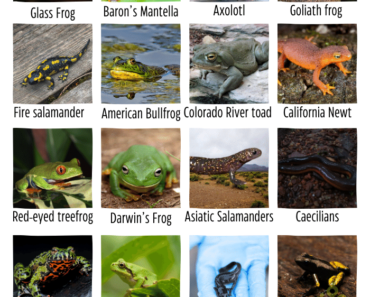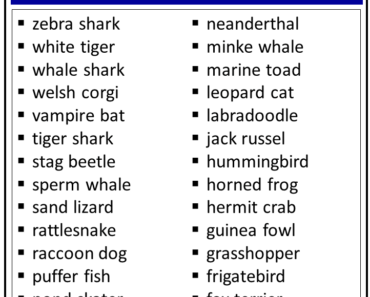Diurnal animals are those that are primarily active during the daytime. They have adapted to the diurnal lifestyle and often have characteristics such as good vision, color perception, and a preference for hunting or foraging during daylight hours.
Must Read: Animals Name (Complete List)
Diurnal Animals List
Here is a list of some diurnal (day) animals:
- Antelope
- Bison
- Cheetah
- Chipmunk
- Cockatoo
- Cow
- Deer
- Donkey
- Duck
- Eagle
- Elephant
- Elk
- Emu
- Falcon
- Flamingo
- Gazelle
- Giraffe
- Goat
- Goose
- Hare
- Hawk
- Horse
- Hyena
- Kangaroo
- Koala
- Leopard
- Lion
- Macaw
- Moose
- Ostrich
- Parrot
- Peacock
- Pelican
- Rabbit
- Seagull
- Sheep
- Squirrel
- Swan
- Tiger
- Toucan
- Wallaby
- Zebra

10 Examples Of Diurnal Animals With Pictures
Below are 10 common examples of diurnal animals.
- Elephants
- Bees
- Meerkats
- Horses
- Eagles
- Ducks
- Apes
- Dogs
- Sheep
- Cow
Elephants:

These gentle giants roam the savannah during the day, using their long trunks to forage for vegetation and socialize within their close-knit herds.
Bees:

Busy and industrious, bees buzz from flower to flower during daylight hours, collecting nectar and pollen, vital for honey production and pollination of plants.
Meerkats:
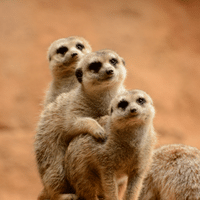
These small mammals are active during the day, living in tight-knit groups called mobs, as they take turns standing guard, foraging for food, and playing, showcasing their cooperative nature.
Horses:
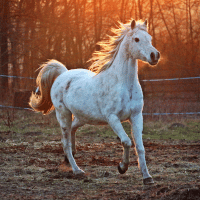
Graceful and powerful, horses graze and gallop under the sun, displaying their elegant strides and socializing within herds, highlighting their sociable and herd-oriented behavior.
Eagles:

Majestic creatures of the skies, eagles soar high during daylight, using their keen eyesight to spot prey, hunting with precision, and building enormous nests on tall trees or cliffs.
Ducks:

Found near bodies of water, ducks paddle and waddle during the day, diving for food, quacking, and swimming in groups, showcasing their aquatic adaptations and social behavior.
Apes:

Primates like apes are diurnal, spending their days swinging through trees, foraging for fruits, leaves, and insects, and engaging in complex social interactions within their troops.
Dogs:

Our loyal companions, dogs are diurnal creatures, enjoying walks and playtime during the day, displaying their boundless energy and affectionate nature towards their human companions.
Sheep:
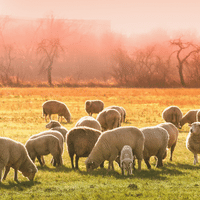
Grazing on grassy pastures under the daylight, sheep form flocks, navigating their way through the fields, bleating, and demonstrating their herding instincts and docile behavior.
Cow:

These gentle herbivores graze during the day, peacefully chewing cud, mooing, and forming strong bonds within their social groups, emphasizing their calm demeanor and important role in agriculture.
Similarities between Nocturnal and Diurnal Animals:
| Nocturnal Animals | Diurnal Animals |
| Adaptations for low light | Adaptations for bright light |
| Different sleep patterns | Different sleep patterns |
| Hunting or foraging for food | Hunting or foraging for food |
| Wide range of species | Wide range of species |
| Sensitive to environmental changes | Sensitive to environmental changes |
| Communication and social behaviors | Communication and social behaviors |
Differences between Nocturnal and Diurnal Animals:
| Nocturnal Animals | Diurnal Animals |
| Active during the night | Active during the day |
| Adapted for low-light conditions | Adapted for bright-light conditions |
| Enhanced night vision | Enhanced day vision |
| Nocturnal predators and prey | Diurnal predators and prey |
| Sleep during the day | Sleep during the night |
| Unique circadian rhythms | Unique circadian rhythms |
| Sensitive to loud noises | Sensitive to visual stimuli |
| Typically quieter vocalizations | More vocal and audible communication |




